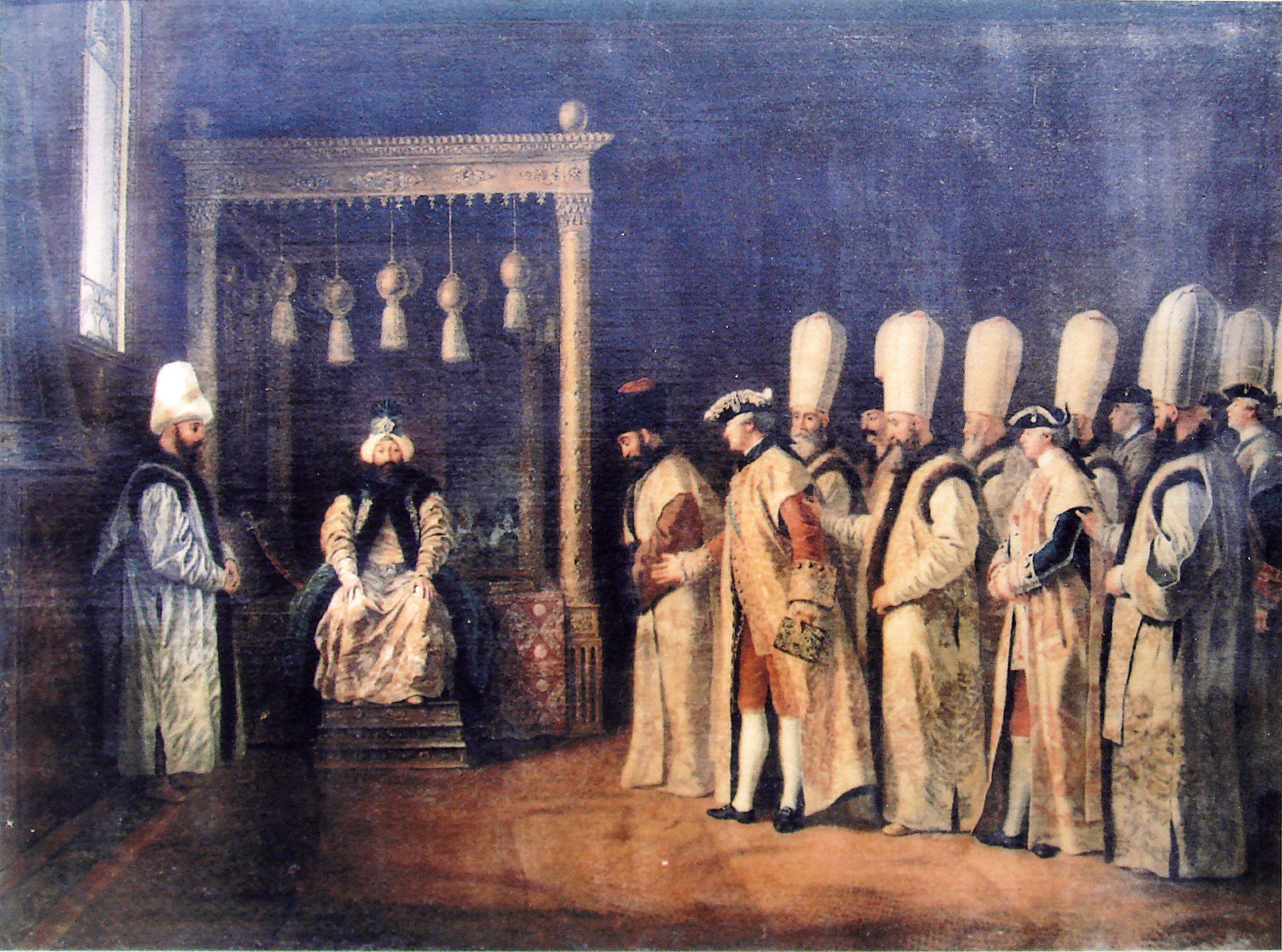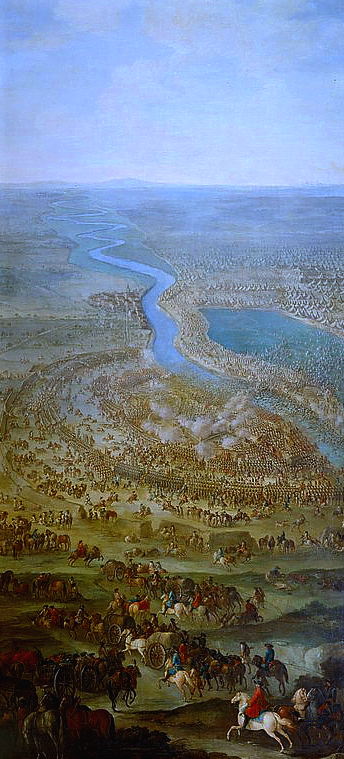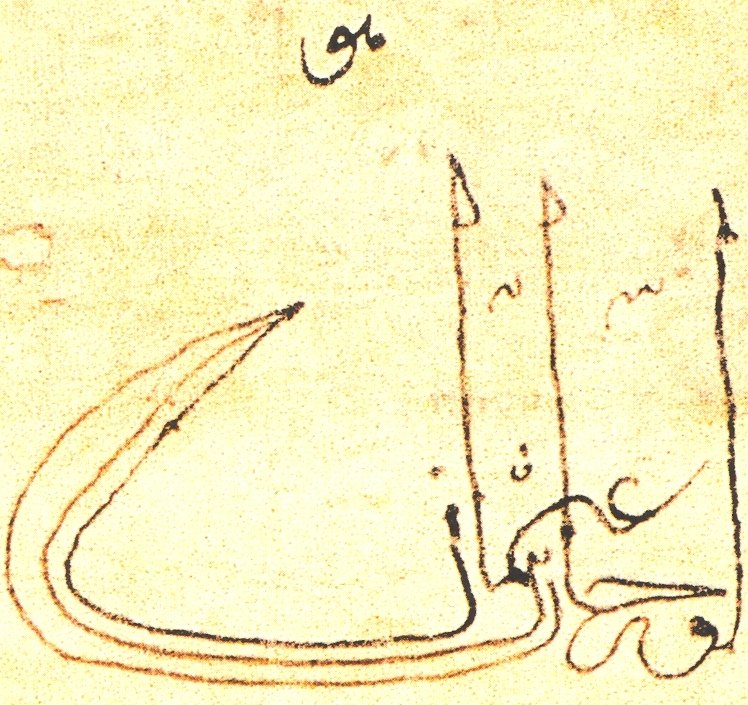|
Mustafa III
Mustafa III (; ''Muṣṭafā-yi sālis''; 28 January 1717 – 21 January 1774) was the Sultan of the Ottoman Empire from 1757 to 1774. He was a son of Sultan Ahmed III (1703–30), and his consort Mihrişah Kadın. He was succeeded by his brother Abdul Hamid I (1774–89). Early life Mustafa was born at the Edirne Palace on 28 January 1717. His father was Sultan Ahmed III, and his mother was Mihrişah Kadın. He had a full brother named, Şehzade Süleyman. In 1720, a large fifteen day circumcision ceremony took place for Mustafa, and his brothers, princes Süleyman, Mehmed, and Bayezid. In 1730, after the Patrona Halil revolt, led to the deposition of his father Sultan Ahmed III, and the succession of his cousin Sultan Mahmud I, Mustafa, his father, and brothers were all locked up in the Topkapı Palace. In 1756, after the death of his elder half-brother Mehmed, he became heir to the throne. Reign Accession Mustafa ascended the throne on 30 October 1757, after ... [...More Info...] [...Related Items...] OR: [Wikipedia] [Google] [Baidu] |
Ottoman Caliphate
The Caliphate of the Ottoman Empire ( ota, خلافت مقامى, hilâfet makamı, office of the caliphate) was the claim of the heads of the Turkish Ottoman dynasty to be the caliphs of Islam in the late medieval and the early modern era. During the period of Ottoman expansion, Ottoman rulers claimed caliphal authority after the conquest of Mamluk Egypt by Sultan Selim I in 1517, which bestowed the title of Defender of the Holy Cities of Mecca and Medina upon him and strengthened the Ottoman claim to caliphate in the Muslim world. The demise of the Ottoman Caliphate took place because of a slow erosion of power in relation to Western Europe, and because of the end of the Ottoman state as a consequence of the partitioning of the Ottoman Empire by the League of Nations mandate. Abdulmejid II, the last Ottoman caliph, held his caliphal position for a couple of years after the partitioning, but with Mustafa Kemal Pasha's secular reforms and the subsequent exile of the roy ... [...More Info...] [...Related Items...] OR: [Wikipedia] [Google] [Baidu] |
Edirne Palace
Edirne Palace ( tr, Edirne Sarayı), or formerly New Imperial Palace ( ota, Saray-ı Cedid-i Amire) is a former palace of the Ottoman sultans in Edirne (then known in English as Adrianople), built during the era when the city was the capital of the empire. Few of the palace buildings have survived until now, however reconstruction works are underway. History The palace was built in a hunting ground and woods covering land north of the city on the west bank of the Tunca river. Construction of the palace began in 1450 during the reign of Murad II (), but stopped when the sultan died. After some time, work was resumed and it was completed by Mehmed the Conqueror () in 1475. In the following years, the palace was continuously maintained and extended with new buildings around it during the reign of Suleiman the Magnificent (), Ahmed I (), Mehmed IV (), Ahmed II () and Ahmed III (). The palace remained unused from 1718, when Ahmed III relocated his seat to Istanbul, until 1768 ... [...More Info...] [...Related Items...] OR: [Wikipedia] [Google] [Baidu] |
Mustafa II
Mustafa II (; ota, مصطفى ثانى ''Muṣṭafā-yi sānī''; 6 February 1664 – 29 December 1703) was the Sultan of the Ottoman Empire from 1695 to 1703. Early life He was born at Edirne Palace on 6 February 1664. He was the son of Sultan Mehmed IV (1648–87) and Gülnuş Sultan, originally named Evmenia, who was of Greek Cretan descent. Mustafa II abdicated in favor of his brother Ahmed III (1703–30) in 1703. Born in Edirne, Mustafa's childhood passed here. While he was in Mora Yenişehiri with his father in 1669, he took the first lesson from Mehmed Efendi at the bed-i besinele ceremony. The writing teacher was the famous calligrapher Hafiz Osman. In 1675, he and his brother Ahmed were circumcised and his sisters Hatice Sultan and Fatma Sultan were married. The celebration lasted 20 days. Reign Great Turkish War During his reign the Great Turkish War, which had started in 1683, was still going on. After the failure of the second Siege of Vienna (1683) the H ... [...More Info...] [...Related Items...] OR: [Wikipedia] [Google] [Baidu] |
Mahmud I
Mahmud I ( ota, محمود اول, tr, I. Mahmud, 2 August 1696 13 December 1754), known as Mahmud the Hunchback, was the Sultan of the Ottoman Empire from 1730 to 1754. He took over the throne after the Patrona Halil rebellion and he kept good relations with the Mughal and Safavid Empires. Early life He was born at Edirne Palace on 2 August 1696, the son of Mustafa II (1664–1703); his mother was Saliha Valide Sultan. Mahmud I was the older half-brother of Osman III (1754–57). He developed a humped back. His father Mustafa II mostly lived in Edirne. Mahmud passed his childhood in Edirne. On 18 May 1702 he started his education in Edirne. When his father deposed himself from the throne he was brought to Istanbul and locked up in Kafes where he spent 27 years of his life. It is not known what kind of culture he acquired during this time, since he continued to play chess, write poetry, and deal with music. In addition for childhood and youth, there were dangers, espe ... [...More Info...] [...Related Items...] OR: [Wikipedia] [Google] [Baidu] |
Patrona Halil
Patrona Halil ( sq, Halil Patrona, tr, Patrona Halil; c. 1690 in Hrupishta – November 25, 1730 in Constantinople) was the instigator of a mob uprising in 1730 which replaced Sultan Ahmed III with Mahmud I and ended the Tulip period.Altınay, Ahmet Refik (Hrz. Haydar Ali Dirioz), (1973) ''Lale Devri'' Halil was born to an Albanian family in Hrupishta, a village in the then Bitola vilayet. He became a Janissary and after joining a Janissary rebellion in Niš and leading one in 1720 in Vidin, he moved to . He was known to have engaged in petty trade and crafts like working as a hammam attendant. Halil was also a former sailor. He spent much of his time at meyhanes of Galata. Halil was known as Horpeşteli Arnavut Halil after his place of birth and ethnicity but his Albanian compatriots called him ''Patrona'' ( Vice Admiral). His followers were 12,000 janissaries; salaried slave soldiers, mostly Albanians. For weeks after the revolt, the empire was in the hands of the i ... [...More Info...] [...Related Items...] OR: [Wikipedia] [Google] [Baidu] |
Sultan
Sultan (; ar, سلطان ', ) is a position with several historical meanings. Originally, it was an Arabic abstract noun meaning "strength", "authority", "rulership", derived from the verbal noun ', meaning "authority" or "power". Later, it came to be used as the title of certain rulers who claimed almost full sovereignty (i.e., not having dependence on any higher ruler) without claiming the overall caliphate, or to refer to a powerful governor of a province within the caliphate. The adjectival form of the word is "sultanic", and the state and territories ruled by a sultan, as well as his office, are referred to as a sultanate ( '. The term is distinct from king ( '), despite both referring to a sovereign ruler. The use of "sultan" is restricted to Muslim countries, where the title carries religious significance, contrasting the more secular ''king'', which is used in both Muslim and non-Muslim countries. Brunei and Oman are the only independent countries which retain the ti ... [...More Info...] [...Related Items...] OR: [Wikipedia] [Google] [Baidu] |
Reception Ceremony Of The Conte De Saint Priest At The Ottoman Porte Antoine De Favray 1767
Reception is a noun form of ''receiving'', or ''to receive'' something, such as art, experience, information, people, products, or vehicles. It may refer to: Astrology * Reception (astrology), when a planet is located in a sign ruled by another planet * Mutual reception, when two planets are in each other's signs of rulership Events and rites * Reception, a formal party, where the guests are "received" (welcomed) by the hosts and guests of honor ** Wedding reception, where the guests are "received" (welcomed) by the hosts and guests of honor * Rite of Reception, see Reception into the full communion of the Catholic Church Films * ''Reception'' (film), a 2011 short film * ''The Reception'' (film), a 2005 film * , a 1989 Canadian film directed by Robert Morin Law * Doctrine of reception, in English law * Jurisprudential reception, a legal theory * Reception statute, a statutory law adopted as a former British colony becomes independent Other uses * Reception (gridiron ... [...More Info...] [...Related Items...] OR: [Wikipedia] [Google] [Baidu] |
Sunni Islam
Sunni Islam () is the largest branch of Islam, followed by 85–90% of the world's Muslims. Its name comes from the word '' Sunnah'', referring to the tradition of Muhammad. The differences between Sunni and Shia Muslims arose from a disagreement over the succession to Muhammad and subsequently acquired broader political significance, as well as theological and juridical dimensions. According to Sunni traditions, Muhammad left no successor and the participants of the Saqifah event appointed Abu Bakr as the next-in-line (the first caliph). This contrasts with the Shia view, which holds that Muhammad appointed his son-in-law and cousin Ali ibn Abi Talib as his successor. The adherents of Sunni Islam are referred to in Arabic as ("the people of the Sunnah and the community") or for short. In English, its doctrines and practices are sometimes called ''Sunnism'', while adherents are known as Sunni Muslims, Sunnis, Sunnites and Ahlus Sunnah. Sunni Islam is sometimes refe ... [...More Info...] [...Related Items...] OR: [Wikipedia] [Google] [Baidu] |
Tughra
A tughra ( ota, طغرا, ṭuġrā) is a calligraphic monogram, seal or signature of a sultan that was affixed to all official documents and correspondence. Inspired by the tamgha, it was also carved on his seal and stamped on the coins minted during his reign. Very elaborate decorated versions were created for important documents that were also works of art in the tradition of Ottoman illumination, such as the example of Suleiman the Magnificent in the gallery below. The tughra was designed at the beginning of the sultan's reign and drawn by the court calligrapher or '' nişancı'' on written documents. The first tughra examples are from the 14th century. Tughras served a purpose similar to the cartouche in ancient Egypt or the Royal Cypher of British monarchs. Every Ottoman sultan had his own individual tughra. Etymology There are two main schools of thought on the origins of the word tughra. The first sees it derived from a Turkic secretarial emblem called ''tughragh ... [...More Info...] [...Related Items...] OR: [Wikipedia] [Google] [Baidu] |
Fatih
Fatih () is a district of and a municipality (''belediye'') in Istanbul, Turkey, and home to almost all of the provincial authorities (including the governor's office, police headquarters, metropolitan municipality and tax office) but not the courthouse. It encompasses the peninsula coinciding with old Constantinople. In 2009, the district of Eminönü, which had been a separate municipality located at the tip of the peninsula, was once again remerged into Fatih because of its small population. Fatih is bordered by the Golden Horn to the north and the Sea of Marmara to the south, while the Western border is demarked by the Theodosian wall and the east by the Bosphorus Strait. History Byzantine era Historic Byzantine districts encompassed by present-day Fatih include: ''Exokiónion'', ''Aurelianae'', ''Xerólophos'', '' ta Eleuthérou'', ''Helenianae'', ''ta Dalmatoú'', ''Sígma'', '' Psamátheia'', ''ta Katakalón'', ''Paradeísion'', ''ta Olympíou'', ''ta Kýrou'', ... [...More Info...] [...Related Items...] OR: [Wikipedia] [Google] [Baidu] |
Laleli Mosque
The Laleli Mosque ( tr, Laleli Camii, or Tulip Mosque) is an 18th-century Ottoman imperial mosque located in Laleli, Fatih, Istanbul, Turkey. History The Laleli Mosque was built by Sultan Mustafa III from 1760–1763, designed in the Ottoman Baroque style by imperial architect Mehmet Tahir Ağa. The complex was destroyed by a fire in 1783 shortly after its completion and was immediately rebuilt. A fire in 1911 destroyed the madrasah, and subsequent road construction work destroyed many other auxiliary structures to the mosque. Exterior The mosque was built on a high terrace over a complex of vaulted shops, whose rents were intended to financially support the mosque complex. Underneath the mosque structure itself is a great hall, supported by eight enormous pillars with a fountain in the center. The mosque is oriented along a northwest-southeast axis, and has a rectangular courtyard about twice the size of the prayer hall to the northwest. This courtyard has a continuous ... [...More Info...] [...Related Items...] OR: [Wikipedia] [Google] [Baidu] |
Istanbul
) , postal_code_type = Postal code , postal_code = 34000 to 34990 , area_code = +90 212 (European side) +90 216 (Asian side) , registration_plate = 34 , blank_name_sec2 = GeoTLD , blank_info_sec2 = .ist, .istanbul , website = , blank_name = GDP (Nominal) , blank_info = 2021 , blank1_name = - Total , blank1_info = US$ 248 billion , blank2_name = - Per capita , blank2_info = US$ 15,666 , blank3_name = HDI (2019) , blank3_info = 0.846 () · 1st , timezone = TRT , utc_offset = +3 , module = , name = , government_type = Mayor–council government , governing_body = Municipal Council of Istanbul , image_shield = , established_date = 11 May 330 AD , im ... [...More Info...] [...Related Items...] OR: [Wikipedia] [Google] [Baidu] |








.jpg)